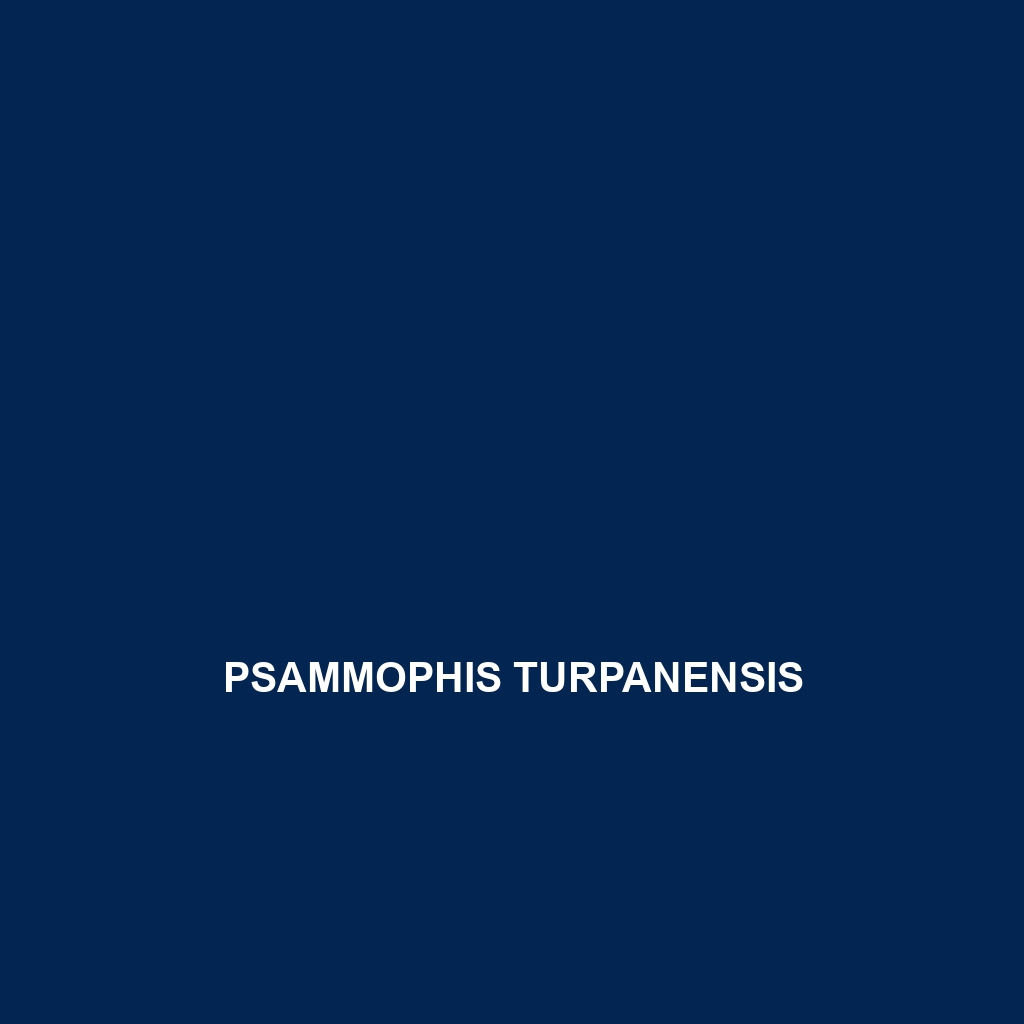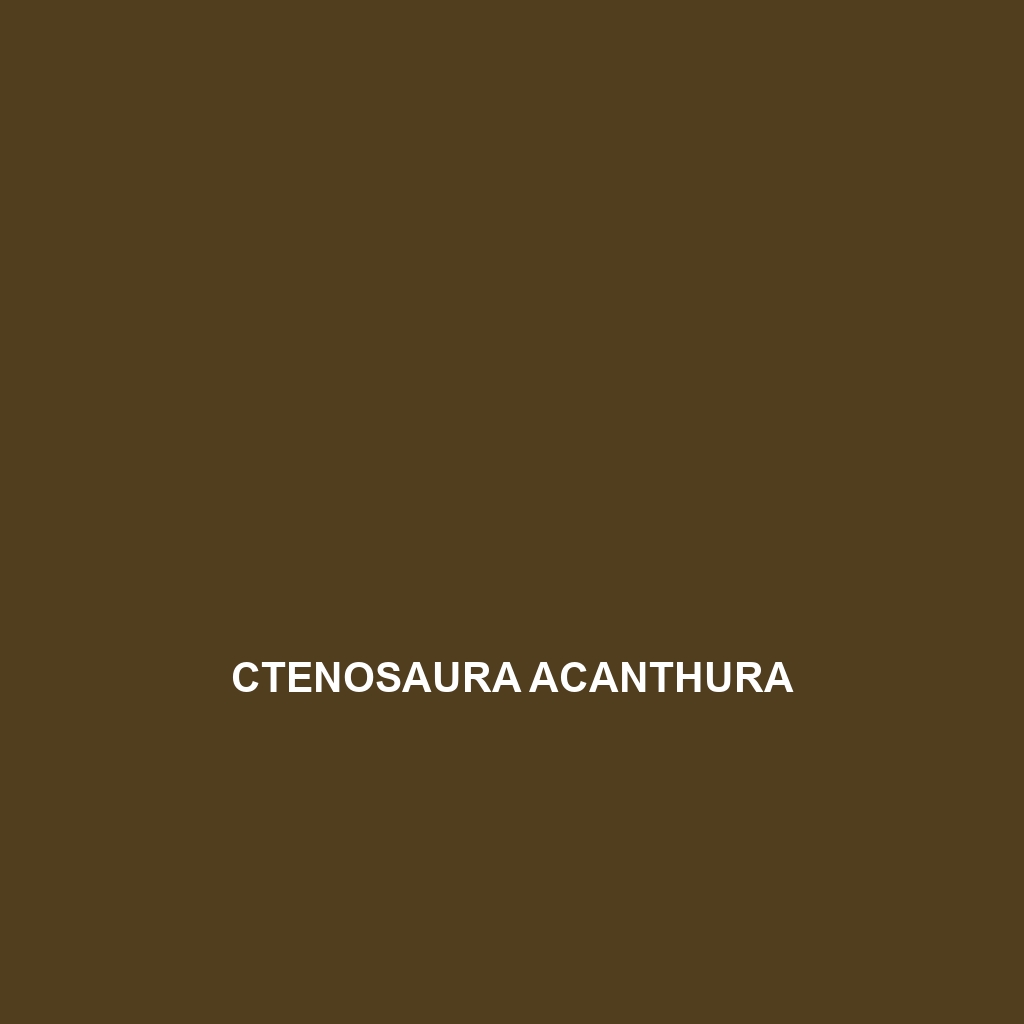Psammophis turpanensis, also known as the Turpan Sand Snake, is a slender, diurnal reptile native to the arid regions of Central Asia, particularly the Turpan Basin in China. With a size of 80 to 100 cm, it boasts sandy yellow to light brown coloration, distinctive adaptations for burrowing, and plays a crucial role in its ecosystem by preying on small mammals and lizards while contributing to biodiversity.
Tag: arid ecosystem
Psammophis turpanensis
Psammophis turpanensis, also known as the Turpan Sand Snake, is a slender, diurnal reptile native to the arid regions of Central Asia, particularly the Turpan Basin in China. With a size of 80 to 100 cm, it boasts sandy yellow to light brown coloration, distinctive adaptations for burrowing, and plays a crucial role in its ecosystem by preying on small mammals and lizards while contributing to biodiversity.
Platyceps rhodorachis
Discover the Platyceps rhodorachis, a slender, reddish-brown snake native to the arid regions of Northern Africa, known for its excellent camouflage and nocturnal hunting behavior. This carnivorous species primarily preys on small mammals and lizards, playing a vital role in maintaining ecological balance within its desert habitat.
Phrynocephalus arabicus
Discover the intriguing Phrynocephalus arabicus, a resilient lizard from the arid deserts of the Arabian Peninsula, known for its unique flattened body, broad spiny scales, and remarkable adaptability to extreme temperatures. This fascinating insectivore plays a crucial role in maintaining ecological balance by regulating insect populations while serving as a vital food source for larger predators.
Pedioplanis branchi
Pedioplanis branchi, commonly found in the arid regions of southern Africa, exhibits a slender body measuring 12 to 18 cm, with distinctive patterns for camouflage. This agile, insectivorous lizard plays a vital role in its ecosystem by controlling insect populations and serving as prey for larger predators.
Pachydactylus namaquensis
Discover the Pachydactylus namaquensis, or Namaqua gecko, a medium-sized lizard native to the arid regions of Southern Africa, known for its exceptional climbing abilities, diverse colors aiding in camouflage, and nocturnal habits. This resilient insectivore thrives in rocky, semi-arid environments, playing a crucial role in controlling insect populations and maintaining ecological balance.
Mesalina adrarensis
Discover the Mesalina adrarensis, a medium-sized lizard native to the arid regions of North Africa, known for its remarkable camouflage and agile movements. This insectivorous species thrives in extreme desert conditions, playing a vital role in regulating insect populations and serving as a key component of the ecosystem.
Liolaemus vallecurensis
Liolaemus vallecurensis, a medium-sized lizard from South America, thrives in semi-arid habitats of Argentina and Chile, exhibiting distinctive earthy coloration for camouflage and engaging in vibrant territorial displays during the breeding season. This insectivorous species plays a crucial role in its ecosystem by regulating insect populations while also serving as prey for larger predators.
Eryx jayakari
Common Name Eryx jayakari Scientific Name Eryx jayakari Habitat Eryx jayakari, commonly known as Jayakar’s Sand Boa, is primarily found in the arid regions of the Middle East, particularly in deserts and semi-desert areas of Oman and the United Arab Emirates. This species prefers habitats that include sandy or rocky substrates, which provide both camouflage […]
Ctenophorus yinnietharra
Ctenophorus yinnietharra is a medium-sized lizard native to the arid regions of Australia, characterized by its striking coloration and robust build. This diurnal species plays a crucial role in its ecosystem, preying on insects and exhibiting unique breeding behaviors, but is classified as 'Vulnerable' due to habitat loss.









